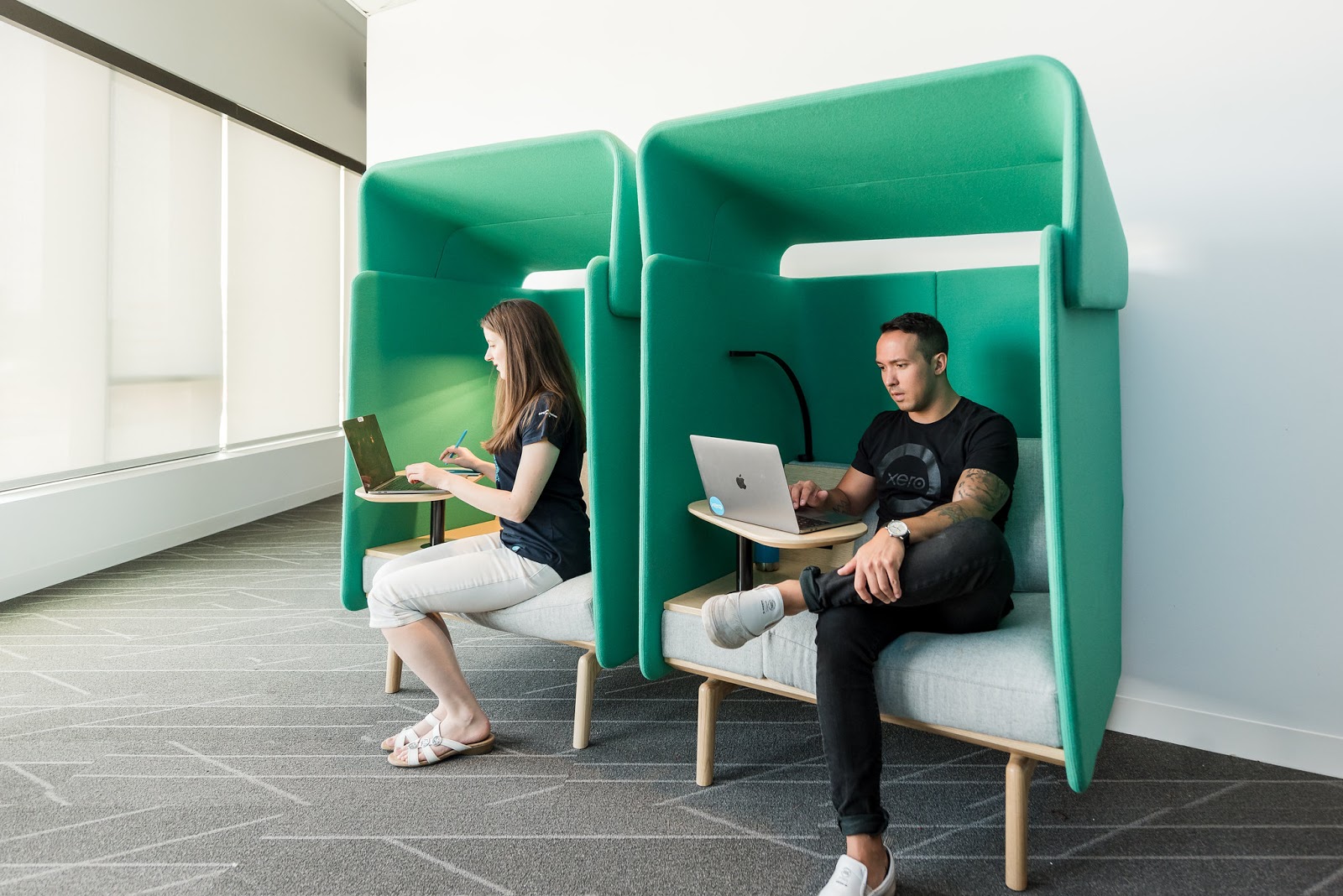How to Future-Proof CX for 2021

This year has been one of large-scale change. The events of 2020 have served up a shock reminder to us all that the only thing that’s certain about the future, is UNcertainty.
The changes have presented a huge opportunity for brands however, to prioritise the experience of their customers first, and forge stronger relationships with them than ever before. The way organisations deal with their customers and the broader community in a crisis is likely to leave lasting memories in customers’ minds. With buying behaviour changing and the rate of digital penetration escalating, now is the time more than ever before, to listen to your customers. Listen, learn, meet them where they are, and treat them with care and compassion first, whilst building your capabilities for the future. I’ve seen many Customer Experience teams suffer and underdeliver throughout the uncertainty of the year thus far, and I’ve seen some of them thrive. Here are four of my tips on how to improve your NPS scores now, and future proof your CX for 2021.
1. Modernise Customer Touchpoints
As customer behaviour and expectations are rapidly changing, Customer Service leaders are looking to reform the traditional ways they have delivered their services. All relationships involve some sort of emotional connection and the connection between brand and consumers are no different. Built over time and amongst multiple touchpoints, your relationship with your customer isn’t necessarily secured by having the best price in the market or the slickest Marketing Campaigns anymore. The most important factor these days is Trust.
How to build trust? Exhibiting emotional intelligence and responding to market changes with care, honesty and empathy means that customers feel understood. Feeling heard and having their situation acknowledged, means your community are more likely to trust you. In a crisis, however, people will be sensitive to tone and motives. Ask yourself, are you communicating with them in order to try selling them something, or are you reaching out to help them? By being genuine and authentic with your outreach, you’re far more likely to earn trust.
2. Accelerating Technology Investment
Consumer behaviour has dramatically shifted these past few months whilst we’ve all been at home with limited access to our family and friends. Online penetration has sharply escalated and some local and global retailers have been caught off guard, needing to enforce virtual queuing systems to avoid website crashes. Take online grocery shopping for example - a sector predicted to grow by 56% this year due to lockdown restrictions. Demand became overwhelming across the board as more and more first-time users took to ordering their weekly shops online and many of us experienced the struggle for grocery delivery slots at the start of the pandemic. The importance of optimising digital platforms and delivery capabilities to serve customers at scale matters more than ever to protect CX.
3. People Vs Automation
Despite the growing online adoption and shifting customer demographics, PwC’s customer intelligence series found that 59% of people believe that companies have lost touch with the human element by focusing too much on technology. This indicates that organisations need to find ways to humanise the digital experience whilst building agile solutions into their capabilities. Up until this point, businesses have prioritised efficiency - relying on automated or robotic processes powered by AI to reduce cost to serve. Whilst automated solutions may help in the case of simple enquiries, complex customer interactions remain, and given the sensitivity in current customer mindsets - a cold, pre-recorded chatbot script just isn’t going to cut it.
Businesses must now consider how to make their interactions more human. A customer who contacts your Call Centre might be delighted to have the option of a video call with a real person who’s also working from home, and is able to take the time to talk through their enquiry.
3. Flex up Flexibility
Many of the Customer Experience leaders I’ve been speaking to have learnt their workforces can be more flexible than they ever imagined pre-COVID. In response to the trends in customer behaviours, we’re seeing more organisations explore new ways of working, experimenting with different operating models as a way to prepare their capabilities for uncertainty, volatility and complexity in what their communities are facing day to day. Many organisations are applying agile principles and technologies to the way they shape their organisation, manage their workforces and run the business overall. The Customer Service agents at the front line have been impacted the most by increased interaction volumes. The smartest CX leaders out there are considering this a once-in-a-generation opportunity to consider bold shifts in their operating strategies in order to future-proof their CX for the road ahead.
The Contact Centre of the Future
Teams who have previously relied upon offshore contact centres in the Philippines and India (where working from home capabilities are less prevalent) have been seriously impacted. Given the impact on business continuity, I’m seeing these organisations take a second look and seeking to reduce reliance on global suppliers. A recent study indicated that contact centres are the most persuasive and engaging channel for customer experience. A further study by Commonwealth Bank indicated that 9 in 10 Australians prefer local call centres. Some organisations have temporarily stood up virtual contact centres locally, with staff working from home, to manage the increase in call demand and they are taking stock to determine the feasibility of repatriating them onshore to improve customer experience longer-term.
Many have enlisted temporary support from call centre agents that are onshore and working from home. Employing contingent staff is a low-risk strategy to help embed essential Agility into your operating model. The reality is that the Contact Centre of the future is likely to include a blended workforce of humans, gig workers and robots. With the flexible scale and administrative support of contingent workers, FT workers will be able to work more productively, and alongside real-time data insight from the machines, they will work smarter too. With these three elements working together - truly Customer-Centric, CX excellence at all touchpoints can be achieved.

The nature of work has evolved throughout the years, pushing digital operations to the forefront. In response, this has also bolstered a demand for professionals with the skills to navigate these tech trends. With the growing number of companies going digital, the list of in-demand skills will look drastically different from the previous generations. What's more, as opposed to evaluating workers with the degrees they have, the future of work will prize skills over academic qualifications alone.
In our post on 'The 5 Key Traits for StartUp Success', we talked about the soft skills you need to thrive in the workplace. But if you truly want to future-proof your career, here are some skills you may want to add to your arsenal:

Often underestimated, the role of an Executive Assistant is complex and influential. In addition to their duties facilitating the Executives role, the EA must be the eyes and ears on the ground.

Securing talent is always challenging, but for me, hiring for a start-up is the most difficult. You can explain till you’re blue in the face that when you’re doing something brand new, you’re going to be faced with uncertainty. But even then, it often still comes as a surprise to some when they are faced with the reality of the startup world.
Streamline your hiring
Business support staff with no hidden fees. Start hiring anytime.